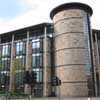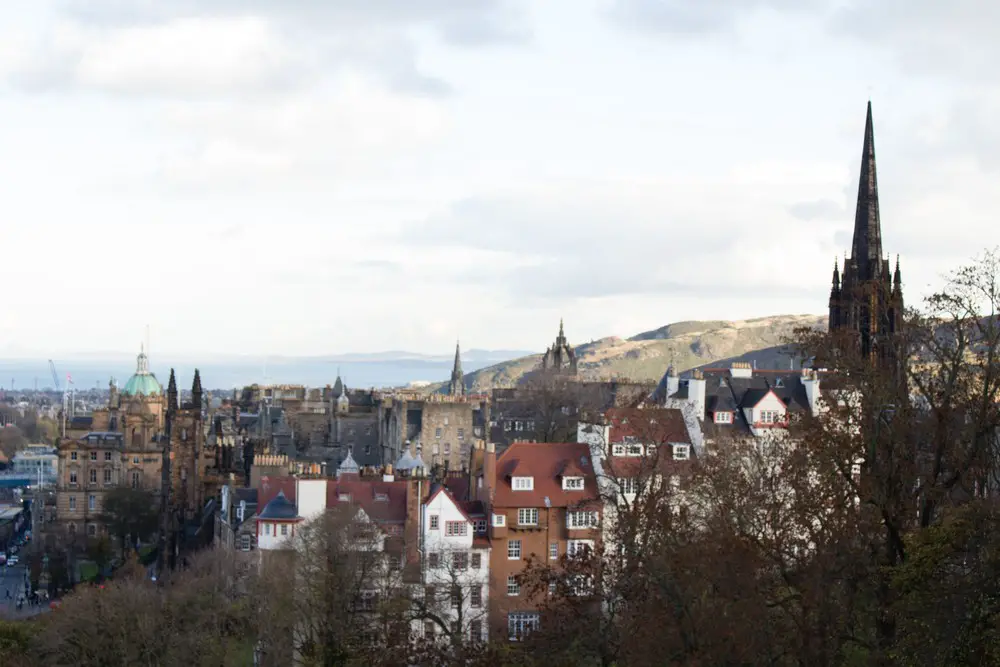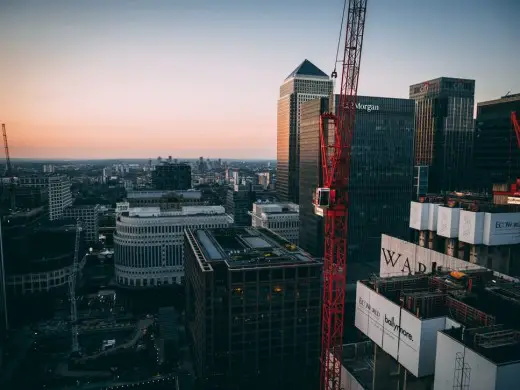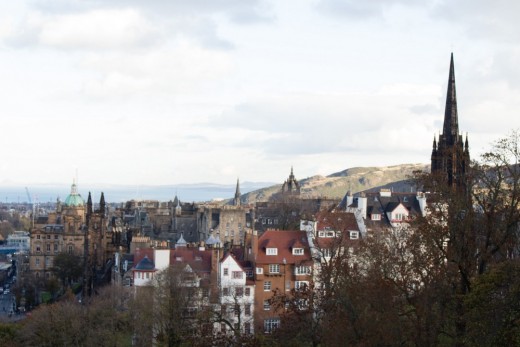Architectural Differences Between London and Edinburgh, British architecture design style guide
Architectural Differences Between London and Edinburgh Guide
27 Oct 2020
The Architectural Differences Between London and Edinburgh, UK
Although they’re one country, the nations of England and Scotland have very different histories prior to them creating the United Kingdom in May 1707.
These differences can be seen in numerous areas. The banknotes of Scotland are produced by commercial banks rather than the Bank of England. The legal system in Scotland is different from England and Wales, with notable differences around property law, wills, personal injury, and the court system.
Thanks to devolution, many other differences have emerged now that the Scottish Parliament has more power over the legislation passed north of the border.
The cuisine is also different in Scotland, where you’re more likely to find Irn Bru, Haggis, and Cullen skink.
But before you notice these differences, one of the most striking things you’ll spot as soon as you arrive in Scotland is itsunique architecture. The styling and materials used in Edinburgh are often very different from those found in the English capital.
Skyscrapers
Skyscrapers are far less common throughout Europe than they are in parts of North America and Asia, but the UK has been catching up in recent years. In London, the convention of preserving the sightline of St Paul’s Cathedral prevented tall buildings from being constructed for years, though recently, designers have found ways around this by using unique shapes.
The first skyscraper to be built in London was Tower 42 (known by most as the Natwest Tower). It held the titleof the tallest building in the UK until 1990 when it was overtaken by One Canada Square in Canary Wharf.
Now, the London skyline is dominated by glass giants like the Gherkin, the Walkie Talkie Tower, and The Shard. Each has a very unique style and shape, helping them to stand out and add character.
Edinburgh, on the other hand, has no skyscrapers at all. The tallest building in the city is St Mary’s Episcopal Cathedral, which stands at just 90 metres. The same is true across most of Scotland. The tallest building is the Glasgow Tower, which has a height of 127 metres, though it doesn’t have any floors below its observation deck at 100 metres.
There have been plans to build skyscrapers in both Edinburgh and Glasgow, though they’re always hit with heavy criticism from people who claim it will ruin the historic views of the cities. However, a lack of commercial need for such a large office or mixed-use building is the reason none have ever been built.
Entertainment Venues
Like London, Edinburgh is filled with culture. Numerous theatres in both cities showcase some of the best artistic talents in the country and the world. There are significantly more in London though, with nearly 50 in the West End alone.
The two have many similarities outside of sheer numbers though. Edinburgh’s Usher Hall and the London Palladium were both constructed in the early 20th century and have elegant designs, beautiful stonework, and the appearance of grandeur.
Both also have entertainment venues that have been repurposed on the inside while retaining their beautiful exteriors.
In London, The Hippodrome was originally created as a variety performance theatre, but was converted to a nightclub in the 1950s and is now a casino, steakhouse, and theatre. Today, guests can enjoy handcrafted drinks, award-winning steaks, and play games older than the UK itself, like the 400-year-old game of blackjack – see www.pokerstarscasino.uk/games/blackjack/ – while enjoying the classic architecture of The Hippodrome.
Similarly, the Edinburgh Playhouse retains much of its original character, despite being originally constructed as a “super-cinema”. Today, it serves as a traditional theatre, keeping much of its original ivory and stonework.
Castles
Edinburgh Castle houses the city’s oldest building and is one of few working castles still in operation today. It retains a military garrison, though this is mostly only for ceremonial purposes. As well as being a tourist attraction, the castle is used for the Royal Edinburgh Military Tattoo, firing the traditional One O’Clock Gun. This has helped to preserve it, unlikely many castles in England that have only ruins left.
There are no castles in London that have the traditional, stereotypical castle styling, but some do exist.
Hampton Court Palace, which is situated on the edge of the city, was the home of Henry VIII and is well preserved. Perhaps the most famous in London is the Tower of London, a fortress used to protect the city and its royalty from invaders attacking from the River Thames. It is now used to house the English Crown Jewels.
The castles look very different from each other, reflecting the different materials available in their respective regions and different architectural preferences in the two nations.
Comments on this Architectural Differences Between London and Edinburgh advice article are welcome.
Edinburgh Architecture
Scottish Widows, off Lothian Road

picture © Adrian Welch
Scottish Widows
image of the development
St James Quarter
Comments / photos for the Architectural Differences Between London and Edinburgh page welcome



